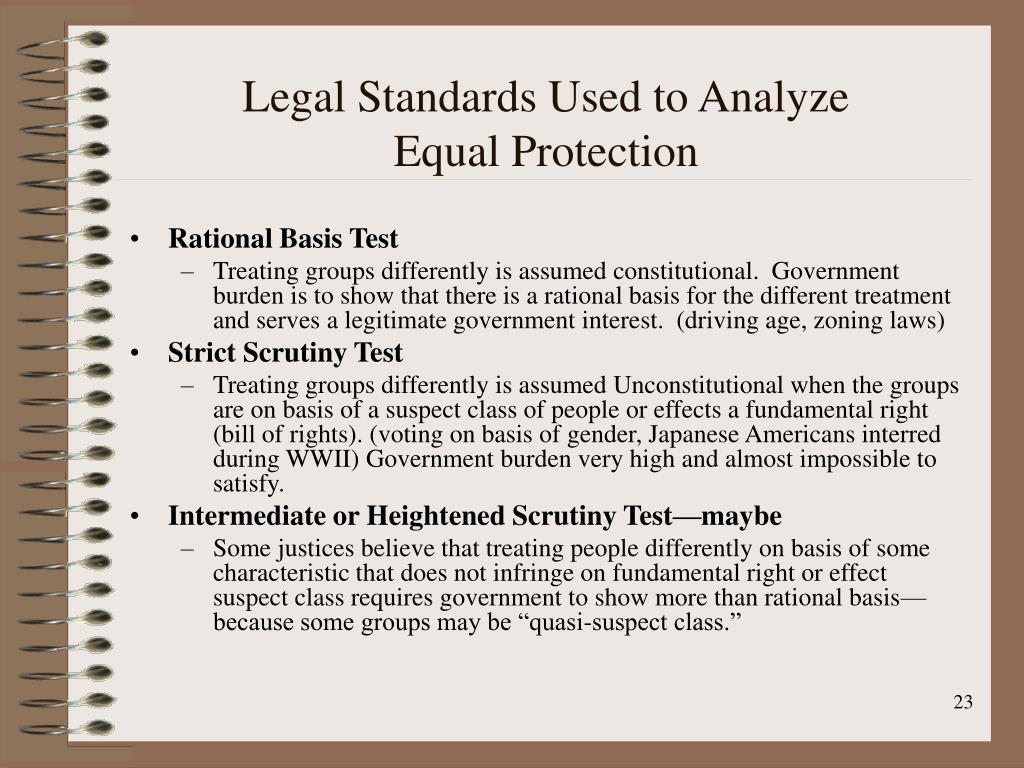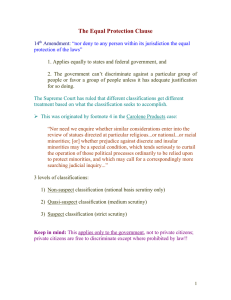
In this regard the application of intermediate scrutiny in gender cases is in reality a form of rational basis review. Meanwhile, under rational basis, the government need only advance a legitimate governmental interest. Those who view the classification as being based on legitimate differences between the genders generally vote to uphold it those who view the classification as being based on stereotypical “overbroad generalizations about the talents, capacities, or preferences of males and females” generally vote to strike it down. Under intermediate scrutiny, the government must advance an important state interest that is substantially related to its objectives. Courts applying rational basis review seek to determine whether a law is rationally related to a legitimate government interest, whether real or. In reality, the outcomes of the cases turn on how the individual Justices view the underlying facts. This article analyzes the gender cases and concludes, perhaps not surprisingly, that the verbalization of the standard intermediate scrutiny has had little effect on the decisions in the gender cases. scrutiny, intermediate scrutiny and rational basis review with rational basis.


Nonetheless, the application of the standard remains problematic since the Court split five to four on its application to the facts. Supreme Courts four liberal-leaning members in dissent in Janus v. of Indiana, to apply a rational basis standard (rather than the narrower strict scrutiny. INS is significant because it is the first case in which all nine Justices unequivocally applied that standard in such a case.

One area of this tri-level jurisprudence that continues to be troublesome in practice is the application of intermediate scrutiny to gender classifications. The test is less intensive than strict scrutiny or intermediate review, which are used when legislation affects certain types of persons that the Supreme. The Supreme Court has articulated three theoretically different standards of review for determining whether government action has denied any person equal protection of the laws: rational basis, intermediate scrutiny, and strict scrutiny.


 0 kommentar(er)
0 kommentar(er)
